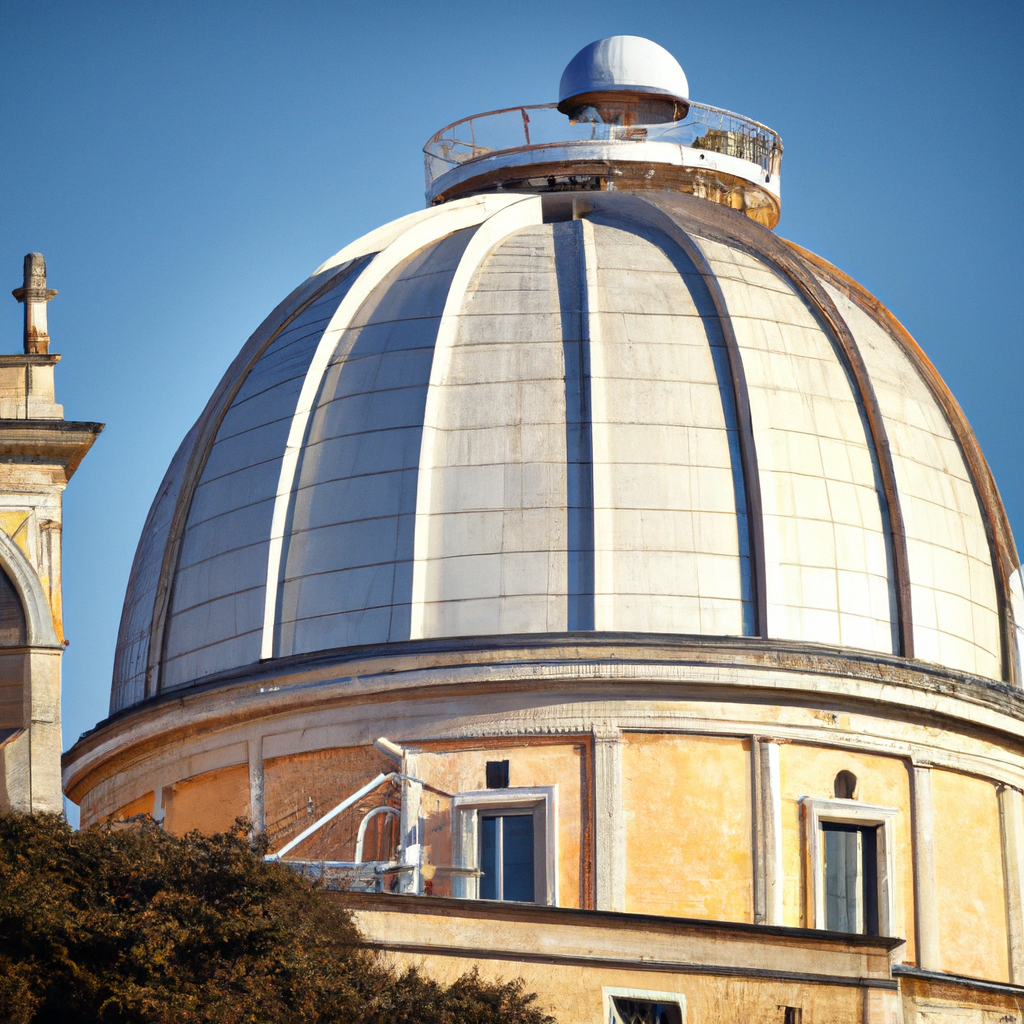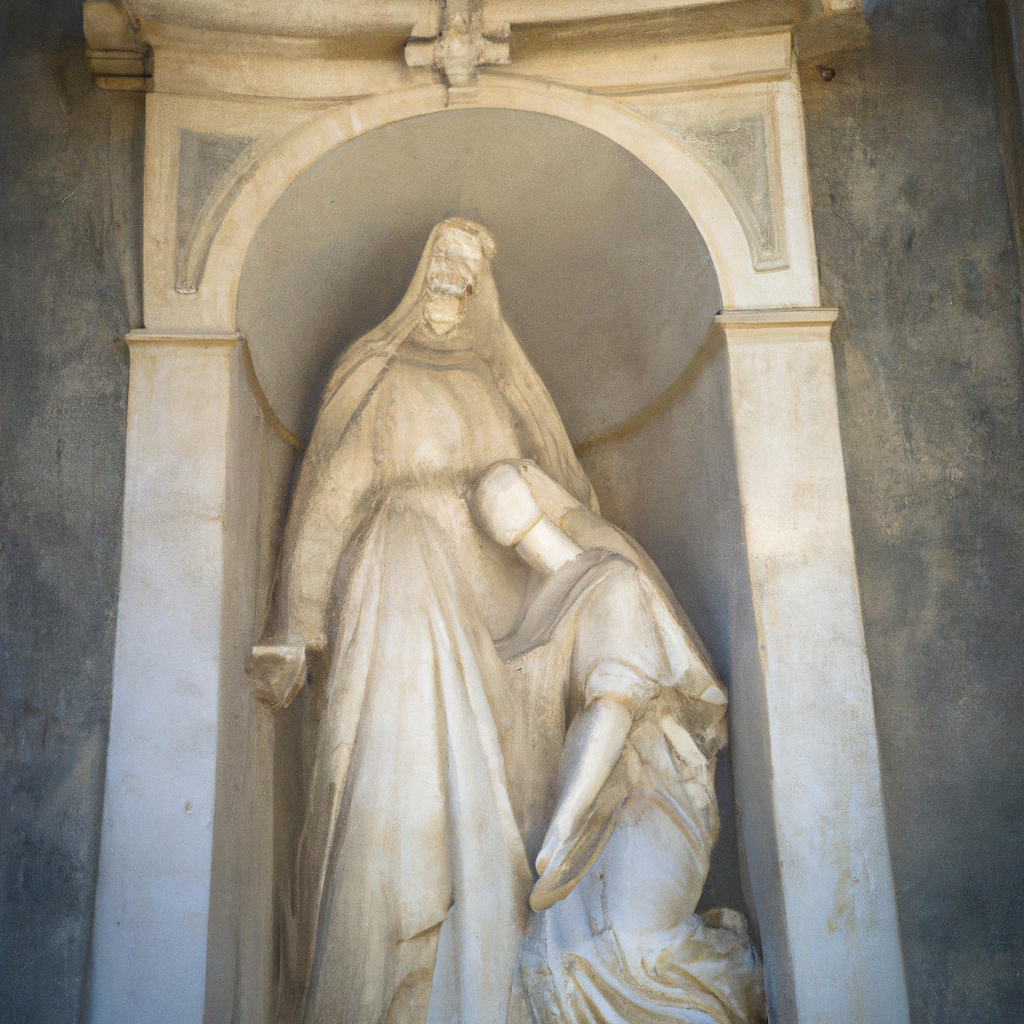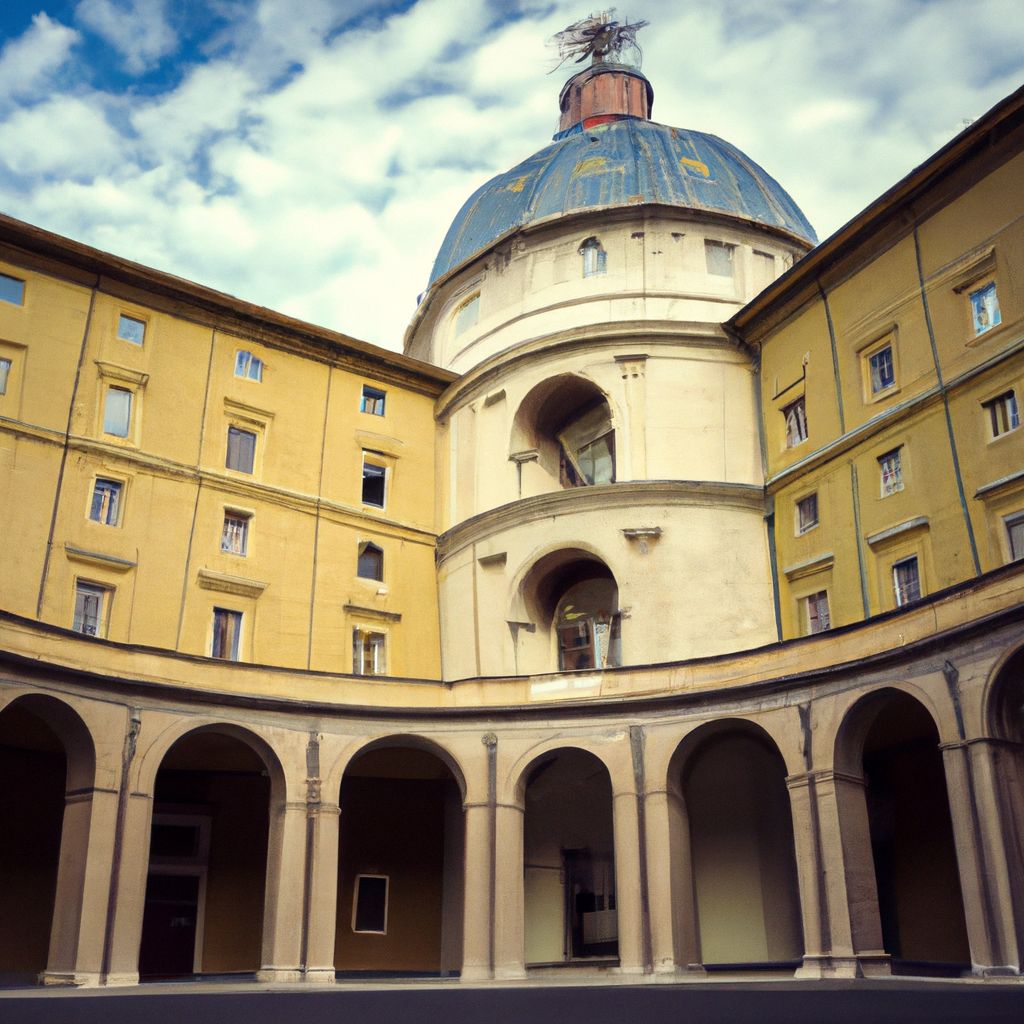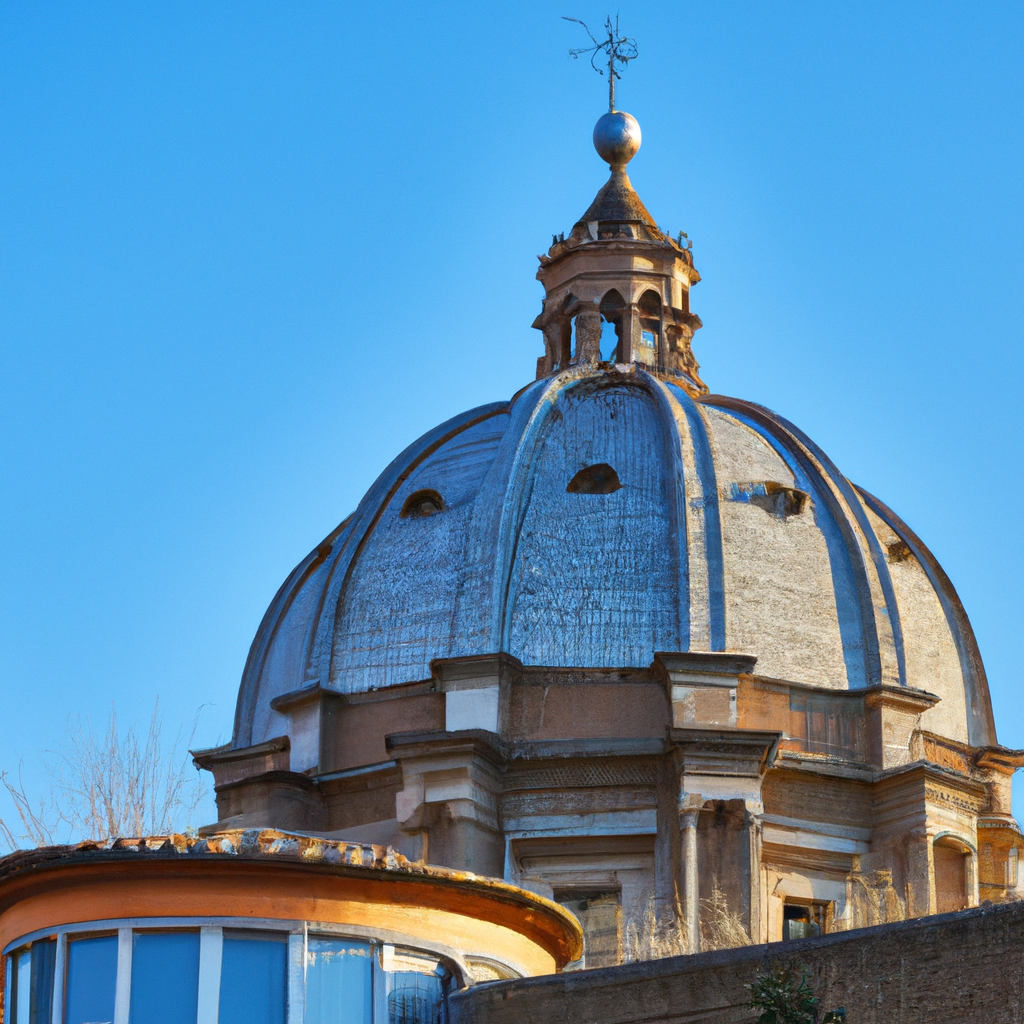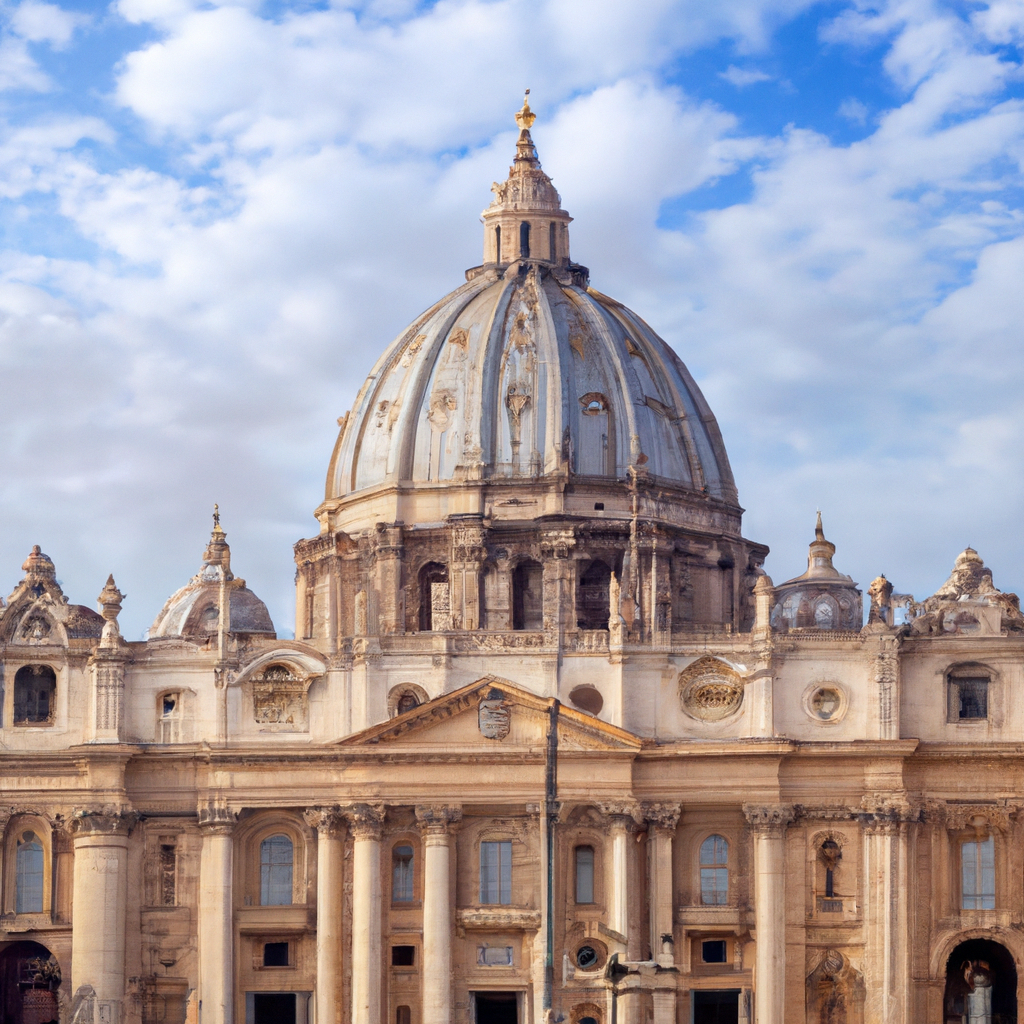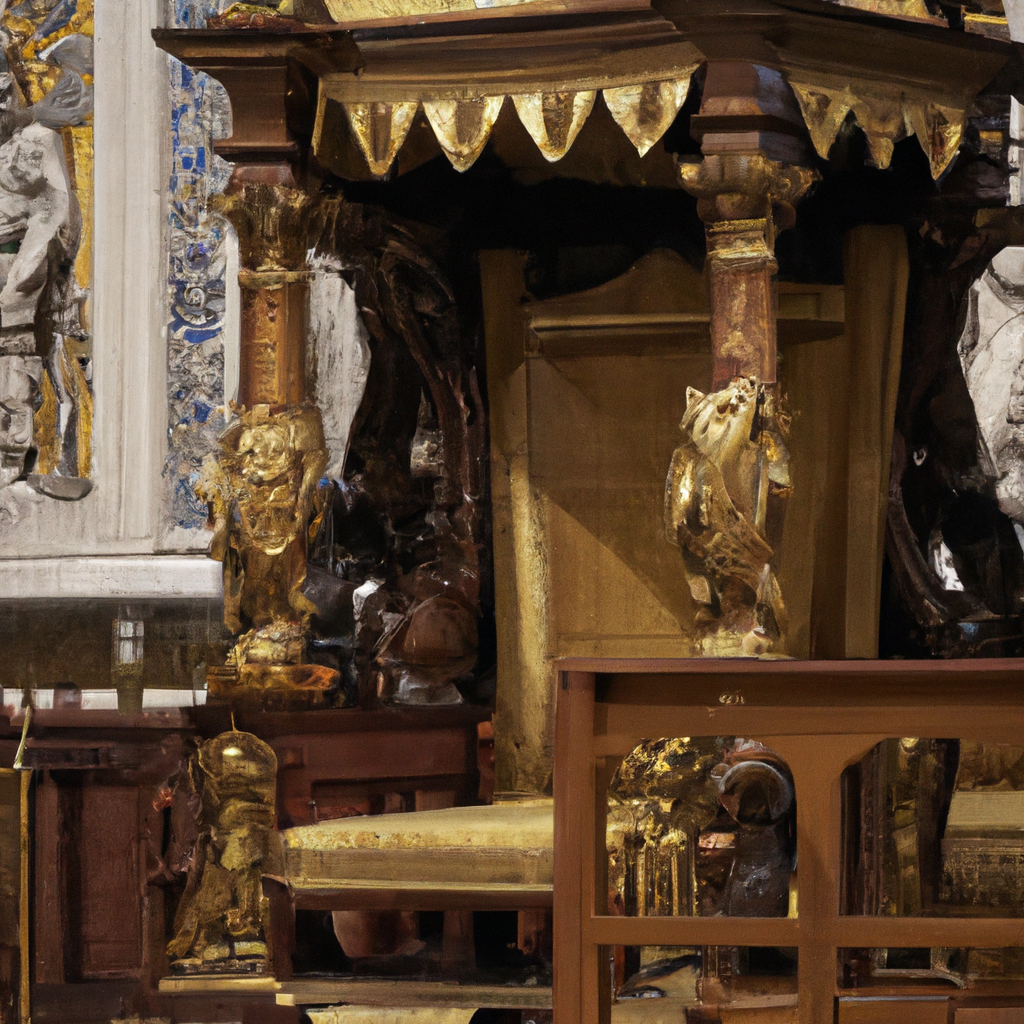Vatican Observatory In Vatican-City: Overview,Prominent Features,History,Interesting facts
Overview:
: The Vatican Observatory is a scientific research institute supported by the Holy See since 1891. Founded by Pope Leo XIII, it is one of the oldest astronomical institutions in the world and is currently based in Castel Gandolfo, a small town outside of Rome. Its aim is to conduct astronomical and scientific research and to educate the public about the world of astronomy and the religious implications of our current scientific understanding. It also promotes a dialogue between faith and science in order to show how these two disciplines can support each other. Research activities within the Observatory include ground based astronomy, astrobiology, meteorite studies and preparing for and working with technological and educational initiatives. You can learn history, culture, and heritage through these magnificent monuments in Vatican-City
Prominent Features:
Some of the prominent features of the Vatican Observatory in Vatican City are as follows: -The Observatory houses two distinct Astronomical Facilities: the Specola Vaticana, at the Pope's Summer Residence in Castel Gandolfo, and the Vatican Advanced Technology Telescope (VATT) located at the Mount Graham International Observatory in Arizona. -The Specola Vaticana houses the Vatican's ancient astronomical instruments, including a collection of late medieval armillary spheres. -The Observatory is home to world-class astronomers from around the world who use the latest technology to study both traditional astronomic research topics, such as the formation of stars and galaxies, as well as religious and philosophical research topics. -It also has an astronomical library which contains a large collection of books on the history and philosophy of astronomy. -The Observatory regularly hosts lectures and conferences in which scientists, theologians, and philosophers come together to discuss astronomy-related topics. -The Observatory is open to visitors, and guided tours are available for a fee. This national monument of Vatican-City portrays the history and culture of the country.
History:
The Vatican Observatory was founded in 1891 at the request of Pope Leo XIII to provide theological and scientific research opportunities to the Church. The observatory was initially constructed on the grounds of the Papal Palace of Castel Gandolfo, located in the Roman countryside south of the city. At this time, Pope Leo XIII issued the encyclical Providentissimus Deus which encouraged Catholics to pursue scientific research, providing the necessary theological background for the observatory's mission. In 1891, the observatory was granted a small telescope which was used for the study of the Moon and planets. Pope Pius XII was instrumental in the purchase of two large reflecting telescopes, which were installed at Castel Gandolfo in the 1950s. These telescopes remain in use today and are currently operated by a group of astronomers from the Institute of Astronomy at the University of Padua. The observatory also played an important role in the study of electromagnetic radiation from the stars, culminating in the discovery of radio emission from space in 1931. In 1981, the observatory moved to its current location, just south of the Vatican City walls. This new location, known as the Papal Palace of Castel Gandolfo, enabled the observatory to obtain larger and more advanced telescopes, such as the 1.8-meter Vatican Advanced Technology Telescope (VATT) and four 0.9-meter Schmidt-Cassegrain reflectors. The telescopes are used in the exploration and understanding of the Universe, and exoplanetology studies. They are also used to observe comets, asteroids, and other celestial objects. The observatory has made a number of scientific discoveries over the years. In 2008, the VATT discovered a ring system around the asteroid Chariklo, while the Schmidt-Cassegrain telescopes were used to study the atmosphere of Mars and the composition of asteroids. The Vatican Observatory and its research staff continue to collaborate with many other research institutions around the world, providing an important bridge between the Church and science. You must visit one of these historical places in Vatican-City on your Vatican-City tour
Interesting facts:
1. The Vatican Observatory is an astronomical research and educational institution supported by the Holy See located in Castel Gandolfo, Italy, which is manned by four Jesuits and a few collaborators. 2. The Observatory dates back to 1582 when Pope Gregory XIII established it with the construction of a 30 foot five inch tall tower. 3. One of the main purposes of the Vatican Observatory is to provide Catholic bishops and astronomers with knowledge to discuss issues related to science and faith. 4. The Vatican Observatory plays a significant role in the astronomical community, including the development of new astronomical instruments, discoveries of new stars, as well as providing research time on telescopes and using its satellites to measure the curvature of space. 5. The Pope is also very passionate about meteorites and the Vatican Observatory has over 70 meteorites in its collections. 6. The Observatory has a rich history with many notable events, including the launch of a geophysical rocket in 1966 that observed the Earth’s aurora, and hosting remarkable events and conferences, such as the General Assembly of the International Union of Geodesy and Geophysics in 1967. Visit one of the famous monuments of Vatican-City with your friends and family.
Explore Vatican-City most popular tourist destination with us. Vatican Observatory In Vatican-City: Overview,Prominent Features,History,Interesting facts,which is 35.14 km away from Vatican-City main town, is the most popular destination to add in your travel wishlist.
-
City:
Vatican-City
-
state:
Vatican Observatory Foundation
-
country:
Vatican-City
-
country code:
VA
-
postcode:
00120
Location:
Vatican Observatory Foundation Vatican-City
